#China
Doing the Math Yields More Bad News for China's Auto Industry
Over the past several years, the Chinese government embarked on an aggressive electric vehicle push, hoping to mitigate the nation’s severe air pollution, reduce its reliance on oil imports, and foster a high-tech manufacturing sector that could put the rest of the world to shame. The result of these efforts? Hundreds of new EV companies, propped up by Chinese subsidies and investors, with no real future.
While it was known that most of these startups would never make it to the finish line, estimates of their survivability rate has grown increasingly bleak. For a time, it was assumed that most would die out — leaving anywhere between 5 and 10 percent to reach the assembly phase. However, NIO Capital’s Ian Zhu posited that the number was likely closer to 1 percent last August.
China is now pulling back its support, with many believing the industrial bubble is about to pop. And they have the math to back it up.
For the World, a New Buick Encore; For China, Two
General Motors’ best-selling Buick, the subcompact Encore, has a new face and body — and also a sibling. Both vehicles, each carrying the Encore name, saw the light of day Monday at Auto Shanghai, but only one will grace dealerships on this side of the Pacific.
Learn Your Geometry: A New Brand, and a Car to Stick in Tesla's Craw
The ever busy Geely Auto Group unveiled both a car and a brand on Thursday, lifting the sheets off the first model sold under the Chinese auto giant’s Geometry brand — the Geometry A. Efficiency in naming seems to be part of Geely’s MO.
Positioned to capture low-priced electric vehicle buyers in China, Europe, and elsewhere, the all-electric brand’s first offering strives for “minimalistic elegance” … and big, big sales. Oh, and it comes in Standard Range and Long Range versions. Now, why does that sound familiar?
China to the Rescue: Geely Steps In to Save the Smart Brand
Contrary to past media reports, the Smart brand will not join the likes of Plymouth, Scion, and Pontiac in the great automotive graveyard. If that’s a good thing in your books, send a note of thanks to China’s Geely Holding, savior of Volvo and Lotus.
On Thursday, Smart parent company Daimler and Geely announced a 50:50 joint venture to develop and build a new generation of global-market Smart models in China.
Faraday Future Getting Back Into the Game With New Chinese Partner
With Faraday Future and Evergrande Health having officially settled their bitter legal dispute late last year, the once-again independent automaker could finally get back to hunting for new investors. Despite Faraday’s entire existence being overshadowed by financial missteps and bizarre business dealings (resulting in an inability to deliver product), it’s extremely good at scrounging up funds. Breaking ties with its primary financial partner might have seemed like bad news, especially after so many near-death experiences, but this is where the company shines the brightest.
On Sunday, Faraday Future signed into a 50-50 partnership with Shanghai-based internet gaming operator The9 — which amassed its fortune after gaining exclusive licensing rights to operate and distribute the extremely popular World of Warcraft in China. Faraday said the deal marks the first step in its plan to officially launch its dual-home-market strategy in both China and the United States.
Courtroom Face-off Ends in a Win for Jaguar Land Rover; China Declares the Landwind X7 a Copycat
A legal battle waged since 2016 ended with a historic win for Jaguar Land Rover on Friday. In 2015, China’s Jiangling Motor Corporation debuted the Landwind X7, a compact crossover that looked a lot like the Range Rover Evoque. Okay, not “a lot” — the near was damn near identical, but priced well below the Brit. (That’s a refreshed 2018 X7 you see above; the first was even closer to its muse.)
The Evoque’s doppelganger wasn’t a unique phenomenon, either. Chinese copycat vehicles had become a scourge for foreign automakers operating in that market, and, based on past cases, few expected JLR’s lawsuit to get much traction in the Chinese courts. They were wrong.
Hot Take: You Probably Wouldn't Have Wanted the New Ford Taurus, Anyway
Despite having risen from the grave in 2007, following its brief stint as the Ford Five Hundred, the Taurus has been reburied. The last example rolled out of Ford’s Chicago Assembly Plant a few weeks ago (to make room for SUVs), though the car lives on in China. However, we doubt you’d be interested if the manufacturer suddenly began exporting them.
A seventh generation of the Ford Taurus was introduced there in 2015, looking like a hybrid of the American sixth-gen and Australia’s FG X Falcon. A mid-cycle refresh is right around the corner, and you’ll probably be glad it’s staying in China.
China's New Buick Encore: Unusually Strong Visual Appeal, and Not Coming Here
The pint-sized Buick Encore subcompact crossover came to China in 2012, and, judging by the photo directly above, the launch of an updated model in 2016 was a splashy affair, indeed.
Back in the days when General Motors was looking to rapidly grow its market share in the world’s largest car market, Chinese and American Encores shared the same underpinnings, engines, and (for the most part) bodies. That’s about to change, and now we have a glimpse of the 2020 Chinese-market Encore ahead of the launch of an American-market model.
Wanna bet the Chinese are getting the looker of the two?
World's Largest Car Market Continues Tanking
After rising steadily for almost three decades, China’s end of the economic seesaw seemed to hit its maximum elevation early last year, thus kicking off a swift plunge. For foreign automakers hoping to cash in on a burgeoning middle class hungry for cars, lofty dreams were pared back.
New vehicle sales in the world’s most populous country fell for the first time in 28 years in 2018, and the first two months of 2019 show no change in the market’s downward trajectory.
BMW Takes Its EVs-from-China Plan Off the Burner
Unlike another German automaker, BMW isn’t jumping into “electromobility” (gag) with both feet. There’s an element of restraint in the automaker’s electrification plans, unlike Volkswagen’s bid to put 1 billion EVs on the moon by next week. Thanks to this cautious blend of profit-mindedness and environmental consideration, we now have high-margin vehicles positioned above the X7 SUV. (Bimmer needs the dough for green things.)
But electric BMW vehicles are already here, and more are on the way. Normal-looking ones, too, like the iX3 crossover — a battery-electric version of the popular X3, due to start rolling out of China next year. At least, Bimmer was due to begin exporting it, until the automaker took the needle off the record.
Chinese Auto Market Not As Hot As Everyone Thought
China might not be the kind of market everyone thought it was — one without a ceiling, boasting unlimited potential for growth. One by one, automakers find themselves having to confront economic reality.
Despite amassing a network of factories that could theoretically outproduce the rest of the world, the Asian country’s automotive sector only operates at about half its total capacity. That’s disconcerting. Even Europe, site of some serious industrial headwinds of its own, manages to operate around 70 percent capacity.
While the reasons for China’s woes are ludicrously complicated, one of the most pressing issues is that its economy is slowing much earlier than anticipated. Automakers, both foreign and domestic, almost universally believed that The People’s Republic would surpass the United States as the world’s largest automotive market — and they were right. But investments kept pouring in, factories were built, and the market started to cool prematurely. The situation only grew worse as incentives dried up and people began buying fewer cars; now, 2019 is shaping up to be a very bad year for the nation’s automotive sector.
Polestar 2 Debut: China's Response to the Tesla Model 3
Polestar, Volvo’s former performance division (which parent company Geely insisted be spun off as its own electric car brand), announced its second automobile on Wednesday. Whereas the Polestar 1 was a 600-horsepower hybrid coupe, Polestar 2 adds a set of rear doors and does away with internal combustion altogether.
For all the “Tesla fighters” out there, this one comes the closest to giving the Model 3 a run for its money. With a targeted range of 275 miles, accomplished via a 78-kilowatt-hour battery pack structurally integrated into the vehicle’s floor, Polestar 2’s in the sweet spot for range. But it also happens to be the correct shape (five-door fastback) and price to ensure its gets stuck in Elon Musk’s tastefully shorn hair.
From Model to Make: Volkswagen Launches JETTA Brand
There’s a reason for the use of upper-case letters — the Volkswagen Jetta is still a car model sold in China, and a quite popular one at that, while JETTA is a new brand aimed at entry-level consumers in that mega market.
VW is an incredibly big deal in the world’s most car-hungry country, eating up a considerable share of China’s mainstream vehicle segments. The brand sold 3.11 million vehicles in China last year. However, its presence at the bottom end of the market isn’t quite as strong, and there remains many millions of Chinese who haven’t adopted the new way of life and picked up a car. That’s what JETTA’s for.
Buick's U.S. Lineup May Need More Help From China
With official confirmation that the Buick Cascada will eventually be joining the Lacrosse for an extended dirt nap, General Motors’ “lesser” luxury brand has to make a decision. Will Buick press onward with a limited lineup or will it try and find replacements for North America? Considering Buick’s crossover volume moved from around 30 percent of its U.S. sales volume in 2011 to 84 percent in 2018, the marque likely isn’t worried about replacing unloved models. But it’s also unusual for a luxury brand, even a quasi-luxury one like Buick, to go without at full-size sedan.
Further compounding the issue is GM’s continued repositioning as a crossover, pickup, and EV manufacturer. Sedans are playing an increasingly minor role and, with the company having sold its interest in Opel to France’s Groupe PSA in 2017, it can’t lean on Europe for vehicles anymore. But what about China?
East Vs. West: Why General Motors Is Obsessed With China
Last month, General Motors announced a plan to introduce more than 20 new and refreshed models in China in 2019 to “maintain its growth momentum in the world’s largest vehicle market” and pump EVs into what is probably the most electric-friendly region on the planet.
GM appears to love China and not without good reason. As the automaker’s largest retail sales market since 2012, GM hasn’t been afraid to fully embrace it — at the expensive of looking like it’s playing favorites and putting its homeland in the doghouse. But is that what’s really happening, or does it just feel that way when an iconic American company starts playing patty cake with a foreign entity?



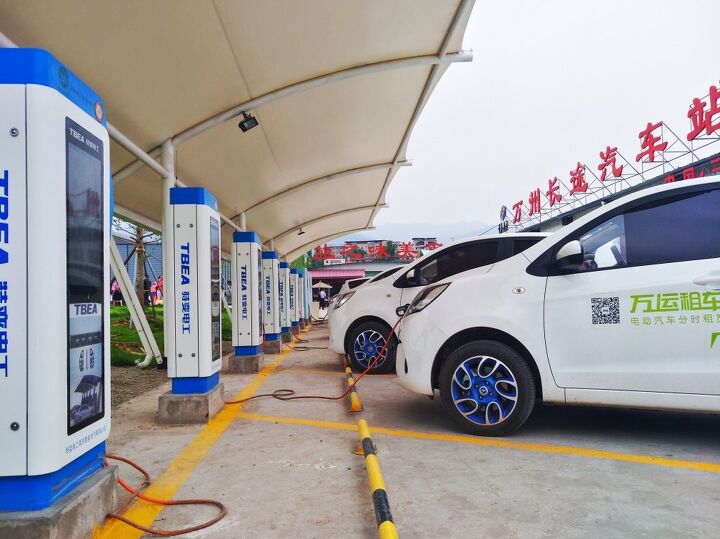
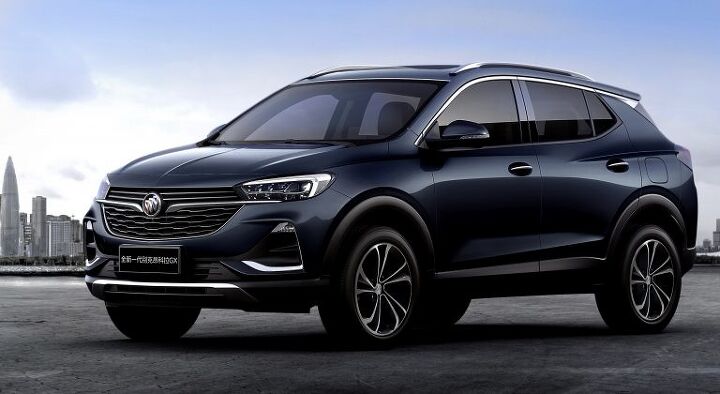
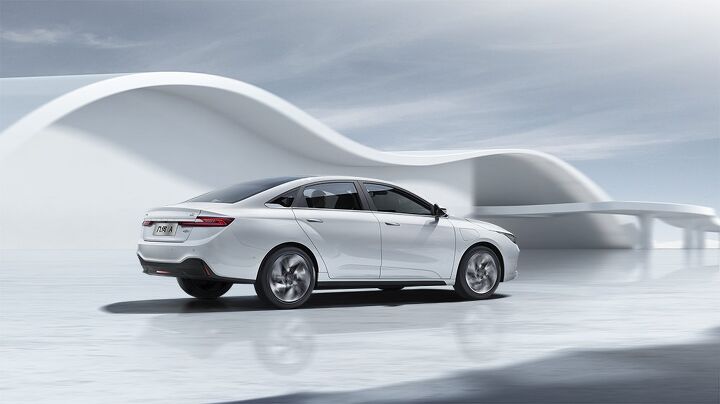


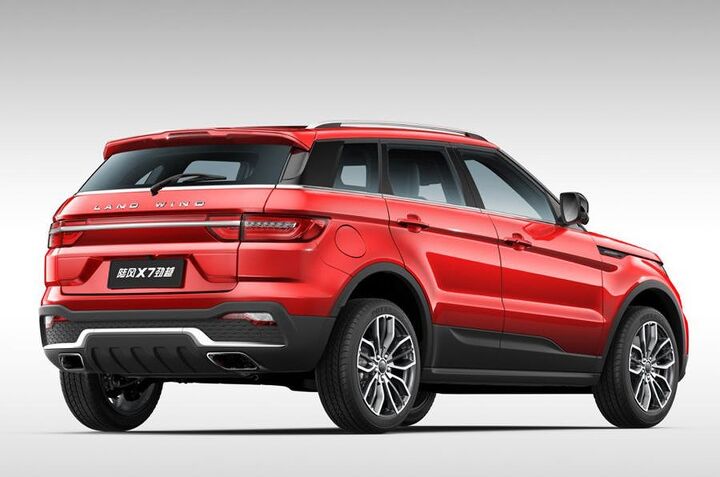

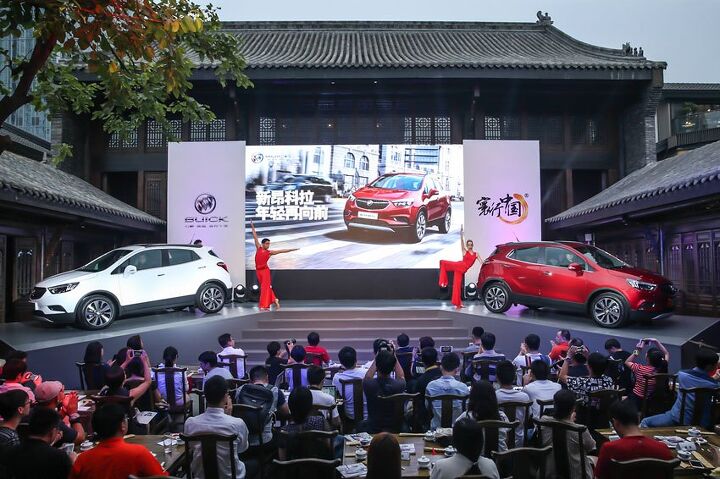
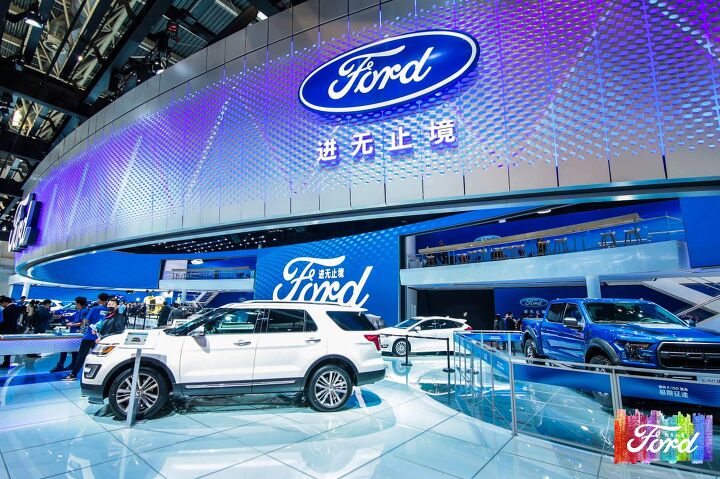




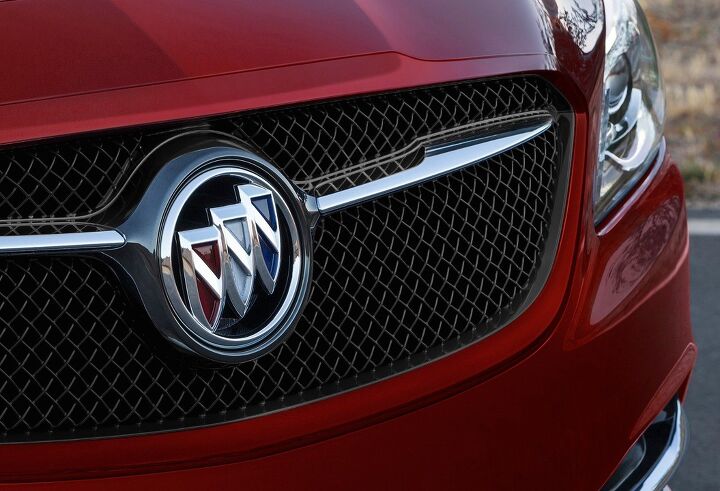
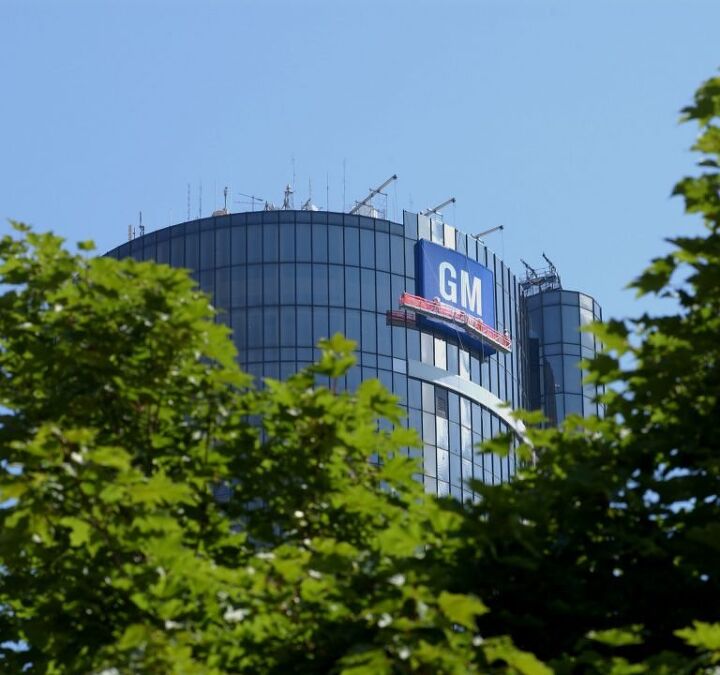












Recent Comments